The content of the article
Almost everyone knows the usual clothes moth. The inconspicuous moth that flies around the house only brings inconvenience and annoyance. But much worse than his larvae, which feed on the fibers of natural tissues, weave cocoons in them and turn into adults. However, these insects are harmless compared to another type of moth - food. That's what we’ll talk about today.
A brief introduction to food moths
The term "food moth" is not entirely true. They are called several types of small butterflies-fireworms. Adult insects are unremarkable: they are slightly larger in size than a moth, and a plain, contrasting color. Nobody would have paid attention to them, if not for one problem that comes into the house with the appearance of these moths in it. The fact is that it is not adult individuals that are harmful at all and live for no longer than a week, but their larvae that are harmful.
Caterpillars also look inconspicuous: small (up to 1.5 cm long), whitish (sometimes pink in color), completely naked. Their harm lies in the fact that the larvae absorb exclusively food. They can attack nuts, flour, various groceries stored at home - and bring significant damage. Anyway, this is very unpleasant when, instead of the expected food, a whole tribe of growing swarming caterpillars is found. Let the little ones.
Few people know, but in our houses several types of fire can live. Of course, it is unlikely that anyone will begin to figure out which one is wound up with him, but still it’s worth knowing about it.
- The most common is flour. The butterfly has a dark color, and its larvae, as the name implies, willingly eat flour;
- South Barn - the second most popular and the first in complexity of breeding. It has a bright color with a predominance of red tones;
- Cocoa. This type of fire is very similar to an ordinary wardrobe, and you will not even understand that you have another moth. Larvae prefer cocoa.
- Mill - The rarest in urban apartments. It has a gray color, almost imperceptible.
For quite some time, the moths lived in the wild and had nothing to do with humans. Their larvae fed on plants. But with the active development of various storages, both large (barns, grain stores, elevators, mills), and small (home pantries), began to settle in close proximity to easily accessible food.
Many people do not even think about what kind of mole flies in front of them. When meeting with these insects, absolutely everyone has one goal: to slam as quickly as possible so that the insect does not multiply and does not harm even more. However, you can always determine by the place of deployment food or clothes moth in front of you: the first lives in the kitchen, and the second where the clothes are located.
Reasons for the appearance of food moth in the house
Food moth butterflies fly extremely poorly. Larvae also do not move very much: almost all their life they only eat and grow. When the caterpillar is ready to pupate, it crawls out of its shelter and quickly rises up (usually under the ceiling), where it is firmly attached, creates a cocoon and turns into an adult insect. Only at the moment of crawl up the larvae become very nimble. They can be easily noticed.
But since both adult insects and caterpillars are so inactive, how do they manage to get into food? Everything is simple here. With the house, the industrial storages, the pest enters completely by accident. It is brought from the store in cereals, flour, dried fruits.Also, butterflies can be brought along with the crop, accidentally capturing at the place of harvest. Food moth flies into private houses on their own, but in high-rise buildings - only if it is brought along with something.
That is why experts recommend steaming brought cereals, nuts, dried fruits. In this way, the pest eggs can be destroyed. However, not all people do this, and many do not even suspect the danger. Freezing can also help.
How harmful is food moth
The harm from food moths is hard to overestimate. Its larvae eat almost everything that is possible: various cereals, any loose products (cocoa powder, sugar, flour, starch), all kinds of dried fruits and nuts, pasta, even sometimes they are not squeamish with seasonings. Grain, baked goods, cookies, sweets can also suffer from the ubiquitous pests.
But the damage lies not only in the fact that caterpillars eat large quantities of stocks. They also live in them, leaving the products of their vital functions. The larva is arranged so that it should grow as quickly as possible. To do this, she has to constantly eat, so in infected products you will not only miss a certain mass, but also find a litter. In addition, the caterpillars constantly weave the thread. With its help, they defend themselves and move around. That's where dense lumps of something gray come from in food - these are the remains of temporary cocoons.
Do not take groceries in the markets and shops at the lowest prices. This is often the case for products already infected with parasites. After all, it is quite difficult to remove the mole, and you need to sell the goods in any case. That is why sellers significantly reduce the price. By purchasing such products, you not only waste money, but also bring a fire to your home.
You need to get rid of the pest as soon as you find it. And the faster, the better. Indeed, adult insects live no more than a week and do not eat anything, because the purpose of their existence is different. In this short time, the female must mate and lay several tens of eggs, and the male must find as many friends as possible for breeding. That is why the presence in the house of food moth turns into a real disaster.
Ways to get rid of food moths: folk and modern
The Russian people have been familiar with this problem for a very long time. And before the advent of special tools, he developed his own methods of dealing with an annoying butterfly. There are several of them, the effectiveness is different:
- Bulkhead of all stocks. Check if they are clean. Throw away all old products. If you find larvae in something, the surest way is to calcine in an oven with a temperature of 60 degrees or more. And eggs, and caterpillars, and even adult insects will die.
- Use of aerosols. Also quite old and proven method. Process all cabinets with food products, bedside tables, drawers by such means as, for example, Antimol. Any aerosol whose action is directed precisely against a moth will do. But this method is not effective enough, all insects from it will not die.
- Use of adhesive tapes and traps for flies. These tools are great for fighting butterflies. Hang them throughout the kitchen and in adjacent rooms. Most insects will fall into traps and die. Remember that fighting only with larvae is inefficient, because an adult female is able to lay a huge number of new eggs. Therefore, you need to destroy everyone without exception.
- Pungent odors. According to folk methods, various odorous products repel moths, and she leaves. For example, chopped garlic, lavender, wormwood, mint can be spread out at larvae, and the walls of the storehouse can be greased with vinegar. It really helps, but not always. Often the pest adapts to the odor and remains.
- Use of insecticides. In addition to aerosols, there are other means of chemical control of moths.For example, pencils or gels. They can also be used, and it will be quite effective. However, one should not forget about safety here: in no case should chemistry get on food.
And yet, prevention is much better. It helps to prevent the occurrence of such a problem at all. What are the measures to prevent contamination of foods with food moth larvae?
Preventive measures against moths
Fighting a pest is quite difficult. There are several reasons for this: it does not immediately become noticeable, multiplies rapidly and is surprisingly resistant to all influences. Therefore, a better measure than prevention is not to be found. And it consists in the following:
- The kitchen should be absolutely clean. Insects (and not only food moths) start where they do not keep order and allow dirt;
- Be sure to check the products brought from the store for pests in them. If you may not notice the eggs, then the larvae are always visible. Burn the infected product immediately;
- Store all potential caterpillar food in sealed containers. No canvas or paper bags - only plastic containers with tight lids;
- In order to prevent insects from penetrating from neighbors or from the street, it is advisable to put small nets on all openings and openings leading to the house;
- You can put sharp-smelling herbs and foods in the kitchen. As mentioned above, the moth does not tolerate strong aromas, it flies away.
Moth in the house is in any case a problem, no matter which species is discussed. If the clothes room harms the clothes, eating it and settling in it, then the food does the same with the products. Only it is even worse, because it has several different species and multiplies faster. That is why, when you see a small and seemingly harmless, inconspicuous butterfly in your kitchen, immediately destroy it. In addition, be sure to check the food reserves: what if there are already a dozen small caterpillars eating there?
The main path by which a pest enters a house begins from the store. They often sell already infected cereals, sugar, flour, etc. This happens because at the harvesting stage, its harvesting and packaging, the workers did not notice the butterflies that got. In any case, after the insect has entered the house, this has already become your problem, and it must be addressed in a timely manner. Be careful about what you bring in your bags from the stores.
Food moth is a small but very scary pest. It can easily destroy most stocks. But now you know almost everything about this enemy and you can safely proceed to the prevention of its occurrence and to the fight against it.
Video: how to get rid of food moth in the apartment

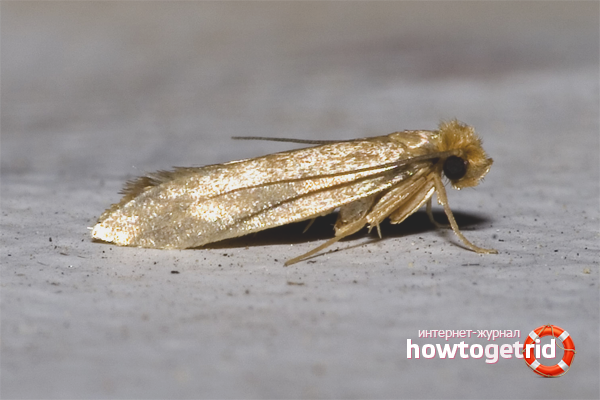
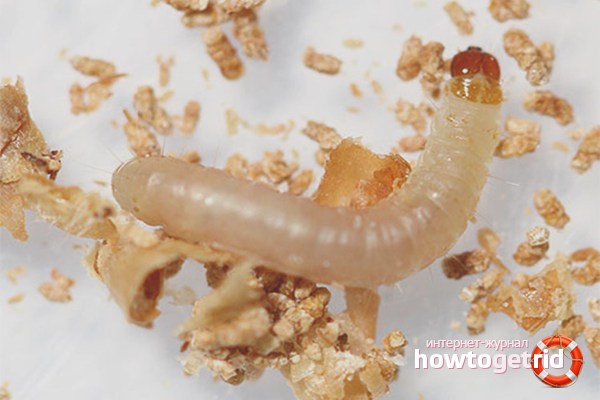
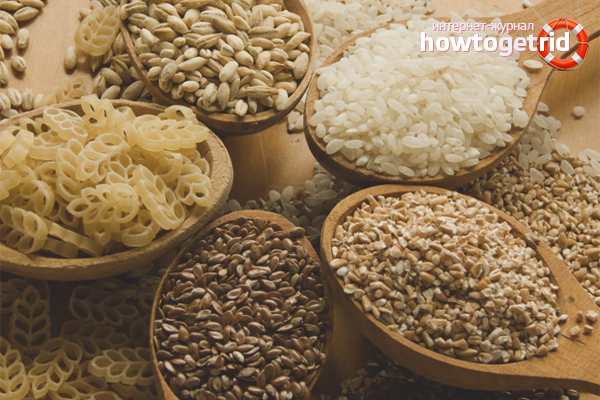
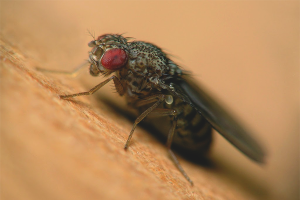
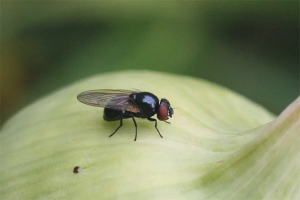
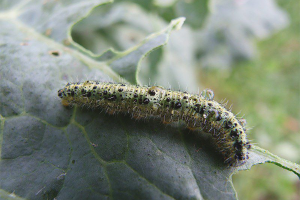
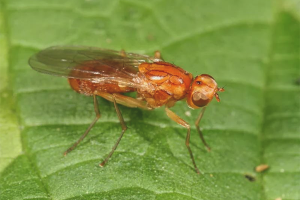
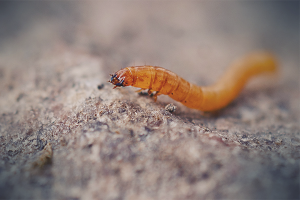

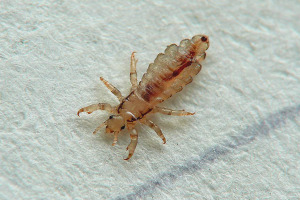
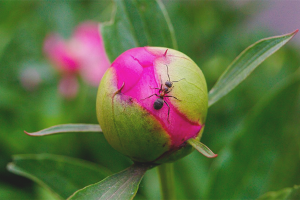
Submit